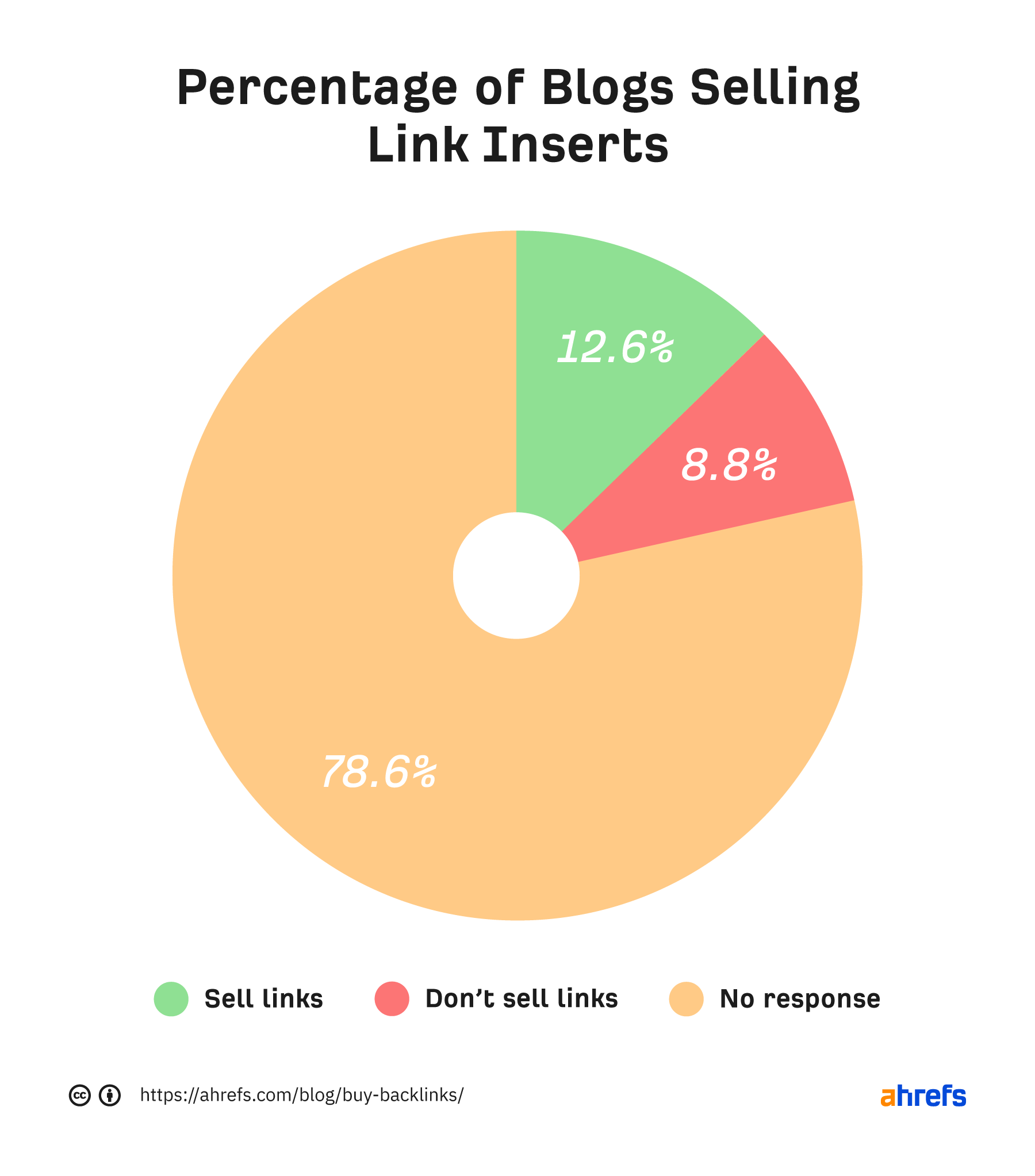SEO and content marketing are the promised land for many marketers. The return on investment is high. There is a lot of potential to engage customers across different stages in the sales funnel. The returns happen even months after publishing content…
But it’s not always so simple. SEO has been a major growth strategy in many industries. And especially in SaaS, the landscape is pretty competitive. To ensure your SEO strategy is set up for success, you need to tick a lot of boxes.
You need to make sure that the SaaS SEO metrics you’re measuring are relevant. We run a SaaS company at Whatagraph and SEO is one of our main growth channels. Today, we’re going to give you an overview of the most important metrics to follow.
Organic traffic
There are many vanity metrics in digital marketing, and organic traffic is not in that type of SEO metric. The more people that come to your website, the higher chances you have at converting some of them. You can define conversions however you’d like. For SaaS companies, it’s usually free trials and paying customers that matter.
Measuring organic traffic is pretty easy. You can see it all broken down in your Google Analytics report. Besides organic traffic, you can analyze your page performance. That way, you can see which pages get the most visits.
If you have a seasoned SaaS website, you’ll notice that some pages are getting a very small volume of traffic. Moreover, some don’t get any traffic at all. Before doing anything, determine the type of page that is getting low traffic.
For example, having 10 visits to a money page (landing page that drives conversions) per month and turning those 10 visits into $1,000 is an excellent result. On the other hand, 1,000 visits to a page that brings no revenue does not sound so impressive in the realm of SEO metrics.
Therefore, look at traffic in context instead of isolation as an SEO KPI. A simple look at Google Analytics will tell you which pages are getting traffic and conversions. However, if a page is getting no traffic at all, it’s a sign to intervene.
Keyword research and content audits
This is when you know it’s time for a content audit in your SEO efforts. You can choose to update, rewrite or remove these pages, depending on your goals.
The best way to grow your organic traffic is to perform keyword research.
It lets you identify keywords your target audience uses, and prioritize which terms you want to target based on search volume, competition level, and search intent.
Find these keywords, and then write amazing content around them. You can find these keywords using a tool such as Ahrefs or SEMRush.
Check out our list of free SaaS tools. Some can help with SEO too!
Keyword research deserves a topic on its own, but we can say a few words to guide you in the right direction. There are probably thousands of keywords you can pick from that are relevant to your business, so make sure to choose the ones that make an impact.
This is the key part: not all keywords have the same effect. Some are for bringing traffic to your website (high volume), some are for raising awareness about your product (middle of the funnel) and others are mainly for conversions (bottom of the funnel).
For example, consider these 3 keywords:
- “SEO” – this is a super broad keyword and likely indicates someone wants to learn about SEO. It’s top of the funnel, and the searcher is far from buying an SEO tool
- “SEO tools” – this is a mid-funnel search term. The searcher has some interest in SEO tools but needs to evaluate their options
- “Buy SEO tool” – this is a bottom-of-funnel search term. There’s a clear purchase intent, and the searcher is just picking which tool to buy
You’d create different content for each of those terms. The first would likely be a long blog post or guide. The second would likely be a comparison post looking at different vendors. And the last would likely be a sales page promoting your software.
You see, while getting more traffic is great, it’s not the end goal. Sometimes, a page that gets 10 visits per month has a high conversion rate. On the other hand, a page that gets 1,000 visits may not convert at all.
Organic traffic is a crucial metric, but make sure not to look at it in isolation.
Further reading — what is a marketing roadmap?
Backlinks
You get a backlink when another website adds a link to your site. There have been many conflicting statements from Google throughout the years on the importance of backlinks for search engine results. However, backlinks are still a major ranking factor.
In theory, this means that pages that have more links pointing to them often rank well. In practice, it’s usually like this, but we need to add some fine print here.
Not all links are created equal. Google looks at the quality of the sites linking to you. 1 link from a great site is more valuable that 10 links from low-quality sites. Most SEO tools have a metric called domain authority that helps you judge link quality.
If your content is superb and satisfies the search intent of your keywords, backlinks can skyrocket you in search engine results. If your content is poorly written, no amount of backlinks will help you rank well.
What does this mean for a SaaS company?
Naturally, you want to earn as many backlinks as possible. So monitoring new and lost backlinks should be a regular activity. The more backlinks pointing to your website, the more of an authority you become in Google’s eyes.
The most important aspect of links is making sure you’re getting links to the right pages. Even though the premise of getting 100 new links per month sounds amazing, those links need to go to the pages you want to see ranking well.
Your new backlinks should be pointing to the pages you’re trying to rank high in search engine results (i.e. pages that drive conversions). One of the most important things about links is to strategically direct them to your most important pages.
Monitoring Your Backlinks
At the same time, make sure to stay on top of lost backlinks. Losing one or two per month is OK, but anything more than that could harm your SEO efforts. That’s especially true if they’re links from sites with high domain authority.
Most good SEO tools offer the option of getting automatic updates for new and lost backlinks.
Losing backlinks may not be a huge deal if it’s a few per month. It actually happens naturally as content gets updated, curated and deleted. However, losing many of them over a short time period could tank your rankings.
It’s important to keep perspective on what percent of your links you’re losing too. If your site has thousands of backlinks, losing a couple isn’t likely to hurt you much (unless they’re from high domain authority sites).
If you do lose backlinks, be sure to investigate what happened. You’ll want to try to get the link back, and sometimes all it takes is contacting the linking website and asking to have the link restored.
Building Links
Last but not least, keep in mind that most backlinks are earned and built in some way. There are very few websites that will link out to you naturally without some sort of prompt or incentive. This is not to say that you should buy links. But be prepared to work hard for each link that comes your way, especially for high-quality links from relevant websites.
But what about buying links? If you’re in marketing, your inbox is probably swamped with offers for cheap backlinks on Fiverr. And you may be tempted to buy, but those links will do more harm than good. In fact, buying links (or giving anything in exchange for backlinks) is against Google’s guidelines.

In general, outright paying for links is a practice you should avoid. A good link ends up costing money in any case.
So, how do you build links then?
A very common tactic is guest posting. You need to pay a writer, an SEO specialist, an editor or someone who does outreach. They’ll contact websites in your niche, offer to write a guest post for them, and then create the content in partnership with the site. When they do that, they can control what link to your site is created.
No backlink is really free. But, it’s better to invest in your own SEO team rather than paying website editors to add your link and risk Google penalties.
Besides link exchanges and guest posts, there are other ways that you can naturally build and earn links for your website.
Some of them include:
- Creating link magnets/linkable assets (such as guides, unique research, or infographics) that writers use as references in their content
- Submitting quotes to other people’s content (using platforms like Help a Reporter Out)
- Broken link building (reaching out to websites with broken links to your competitors)
Once again, you’re technically not paying for any of the links you’re earning and building, but creating these assets and reaching out to other websites will does require investment.
Keyword movements
We all want to rank #1 for our most desirable “money” keywords. However, any good marketer can tell you that the journey from hitting “Publish” in your CMS to ranking #1 is a long and bumpy road. It usually takes months to get anywhere close to high rankings in search engine results.
You write amazing content and optimize it for SEO using a variety of tools. You then build internal and external links to it, and cross your fingers hoping it ranks. And, when you start thinking that things are going well, Google comes out with another algorithm update, and you’re back to square one.
Your keyword rankings can vary wildly across weeks, let alone months. This is why it’s a good practice to keep tabs on your main keywords and their movements. Your favorite SEO tool will have this feature, so you can load up your keywords and get daily updates on movements.
Tracking rankings is important because many times it’s a easier to see progress compared to organic traffic. You could see your rankings shoot up quite quickly while increasing organic traffic can take weeks or months.
If you run a SaaS business (or any business, for that matter), your priority should be keywords that are on the top of page 2 (positions 10-20). Just a small push can mean that they’re moved to page 1, bringing a hefty increase in clicks, views, and ideally conversions.
Tracking movements is also a quick way to determine which pages need some more attention. If you see a page dropping off or just barely touching page 1, it means it could benefit from some optimization or a few new backlinks.
Branded vs. non-branded traffic
If your company is Canny, the branded search term will be “Canny”, and you should monitor it as one of your main keywords. Even if it doesn’t seem like a super relevant keyword for conversions, it’s a good representation of the strength of your brand.
Branded search makes up for a good chunk of our organic traffic at Whatagraph. This means that people who search for our brand name are highly likely to convert and become paying customers.
As your position in the market grows and you become a household name in your niche, your branded traffic will grow. While it’s not a measurement of your success with SEO, it is a sign that you’re building your brand the right way.
You should be ranking #1 for your branded search term. If you’re not, you need to understand why and prioritize ranking first.
If a competitor is able to outrank you for your own branded terms, they will capture large amounts of traffic that are looking for your company.
Over time, increasing the search volume for your brand name, which is the result of your overall marketing efforts (not just SEO), can also show your team’s success.
Besides your main term, make sure to monitor related braned keywords. Based on our Canny example, these could include:
- Canny pricing
- Canny features
- Canny alternatives
- Canny reviews
- And others including your brand name
MRR from organic traffic
Ranking well for your most desirable keywords and having a lot of organic traffic are admirable achievements. But in the end, organic traffic does not pay salaries, so let’s look at some tangible traffic.
At Whatagraph, we use a combination of Google Analytics, Salesforce and Dreamdata to attribute all of our revenue. This allows us to pinpoint almost every dollar that came to the company, down to the first and last touchpoint.
This is by no means a plug for any of these tools – we’re just trying to drive a point. With this combination, we can pinpoint how much of our monthly recurring revenue came from organic and SEO. We can see what the average deal size is, what the annual contract value is and more.
MRR from organic traffic is just an illustration of the metric that you can use. You can use some of the following:
- Conversions from organic traffic
- ACV from organic
- Average deal size from organic
- Pipeline created from organic
The point is tying organic traffic to specific business outcomes. Metrics such as views, sessions, and even bounce rate are important to marketers. While these are excellent ways to gauge if you’re doing good marketing work, these metrics won’t mean much to a CFO or a CEO.
For internal purposes, we also use metrics such as conversions from organic traffic. We use these metrics to track our campaign performance. We also use it to stay on top of movements down the sales funnel.
Start tracking your way to SEO success today
What gets measured gets improved. The problem is, in the marketing world, there are so many options to choose from. Many times, it can be hard to determine which metrics actually move the needle. Hopefully, we shed some light today on which metrics matter for a SaaS business.






